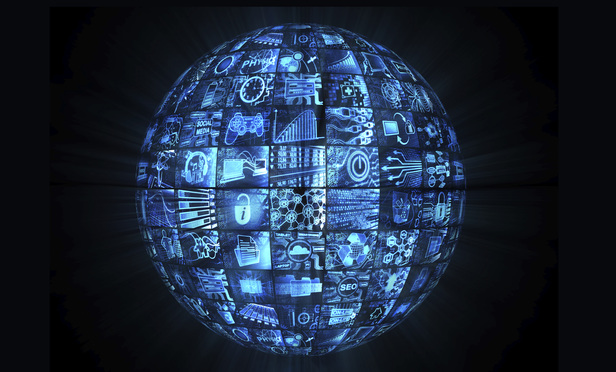Smart cars, smart electrical grids, smart everything—the Internet of Things (IoT) is the next technology revolution. For businesses and consumers, IoT opens up a myriad of never-before-considered efficiencies and opportunities. But on the legal side, there’s a significant challenge ahead. How will litigators manage the oncoming deluge of electronically stored information in the discovery process? Each device will be producing its own data, and market research firm Gartner predicts there will be 25 billion connected “things” by 2020. This explosion of data threatens to grind the justice system to a halt.
Fortunately, this isn’t the first time the legal system has faced such a grave dilemma. Email brought litigators to the same precipice at the turn of the millennium, and the legal community evolved to match the needs of justice through technical and procedural advancements. Perhaps the greatest breakthrough of the first round of upheaval, in terms of its application to the future of IoT, is that technology-assisted review and advanced data analytics have become accepted, commonplace and highly reliable. As a result, it’s likely the enormous volume of IoT data will not be reviewed by humans at all. Human interpretation of nuance isn’t needed when no human creativity or thought produced the content. Mercifully, privilege review of IoT data will also not be a factor humans need to toil over. Rather, the key obstacles will be about custody and control, data extraction, unusual data formats, privacy/user expectations and data security.






